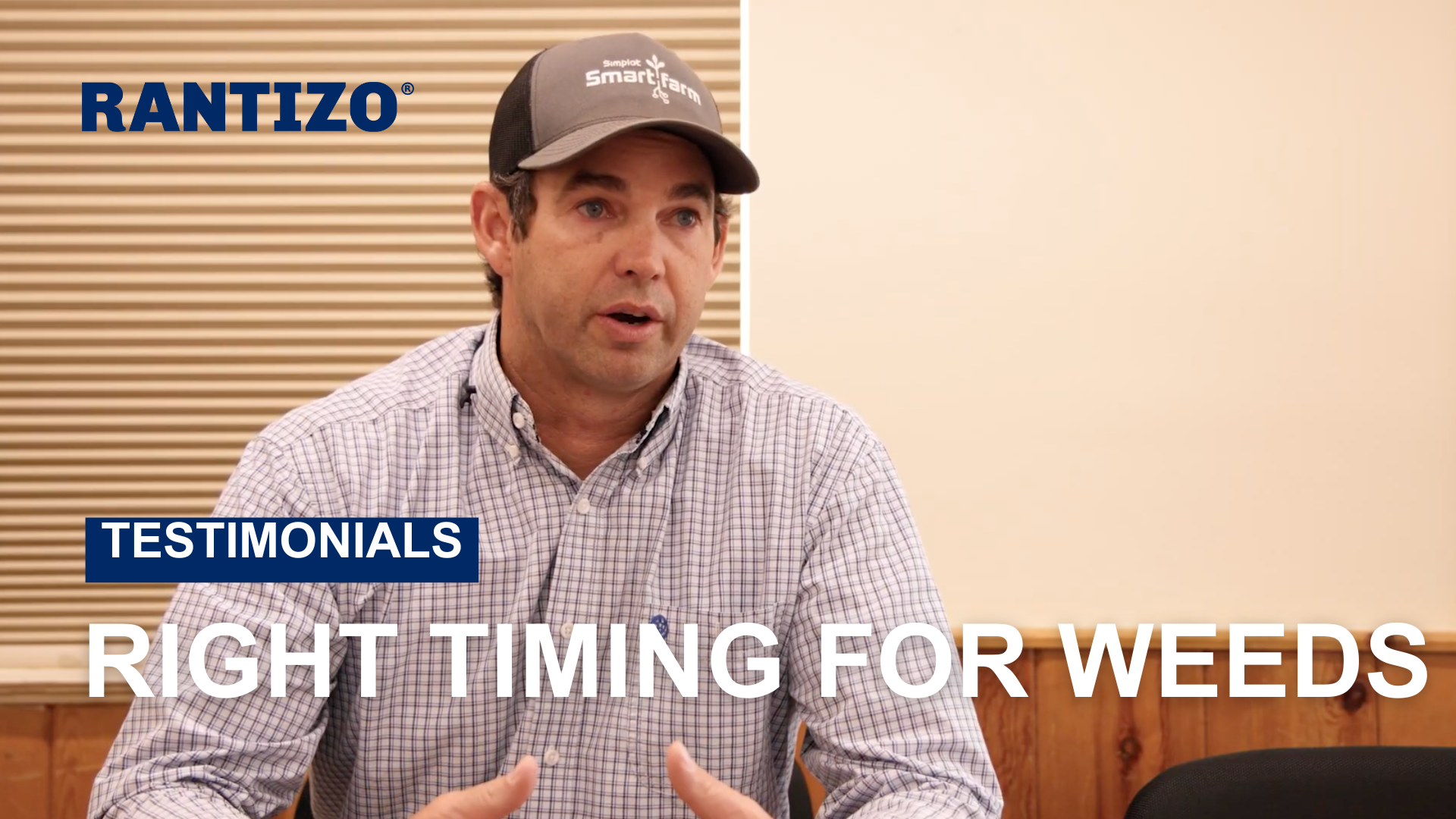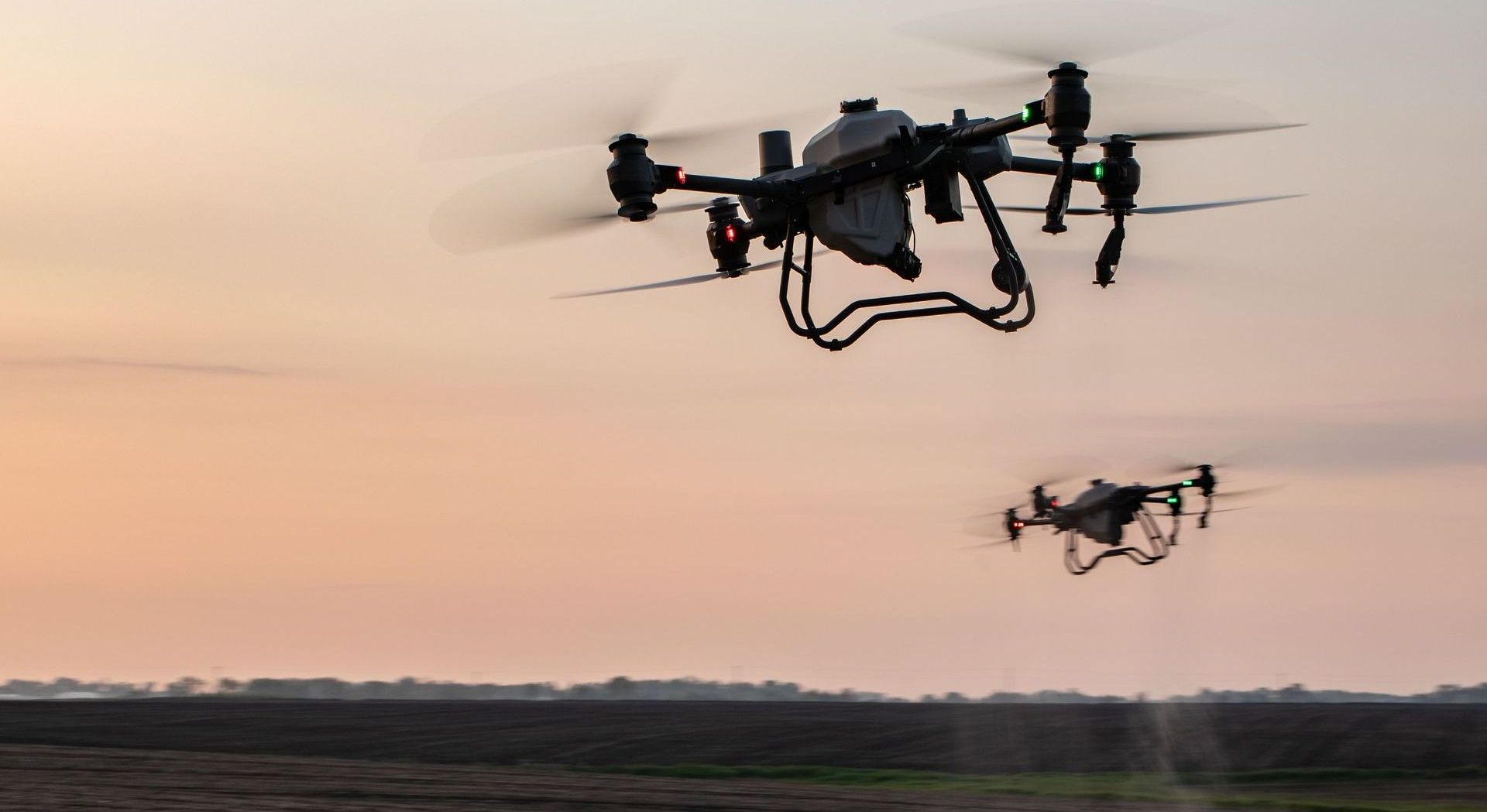RESOURCES
Unlocking the Night Sky: New Rantizo Exemption Expands Drone Operations
amendment to Exemption No. 18929B, allowS flyING at night.
For drone operators, the ability to cover more acres per day is a key to efficiency, productivity and revenue. That’s why we are excited to announce the approval of an amendment to Exemption No. 18929B, allowing Rantizo operators in our spray service hub locations to fly at night.
This amendment also allows for swarming up to 3 drones weighing over 55 lbs. without a visual observer (VO) .
Night flying will offer huge benefits for operators looking to safely cover more acres, with more flexibility.
SPRAY MORE ACRES
- Whether at dusk, midnight or early hours of the morning, operators are cleared to fly around the clock, allowing them to cover more acres than possible prior to the exemption.
WORK WITH THE WEATHER
- Operators will now have the flexibility to choose the application time that works best for them. They can provide extended hours of operations or adjust jobs earlier or until later in the day for more favorable weather for flying and crop coverage.
- In areas like the Salinas Valley of California, where the wind is lower at night, this exemption will allow drone operators to stay on label.
SAVE POLLINATORS
- For crops like strawberries that rely on pollinators for maximum yields, night flying can minimize exposure and harm to beneficial insect populations.
REDUCE EXPOSURE & INTERRUPTIONS
- During the nighttime, fewer people work in the fields, minimizing the risk of accidental exposure to chemicals.
- In addition, roads are less busy, which decreases risk and allows for more efficiency with less interruptions.
While there are numerous benefits, night flying is an advanced skill and does not come without risks. That’s why we require our operators to participate in training prior to adopting night flying into their operation and we recommend it for all operators pursuing similar exemptions. Training should provide awareness of best practices and risk mitigation, including:
- Night flying principals
- Potential hazards
- Visual anomalies
- Trouble with system
- Common mishaps
- Adjusting for lack of periphery vision
- How aircraft focus changes at night
- Field of awareness adjustments
- Overview of autokinesis
- Temperature inversion affecting spray drift
Ready to get your own exemption? Call (319) 201-3020, purchase directly from our online store, or fill out this form to get a quote. When filling out the form, be sure to select "FAA Exemption: Swarming, Night Flying without a VO" from the drop down menu.
A valid 137 license is required to purchase Advanced Operations Support.
share this
past blog posts
Related blogs





